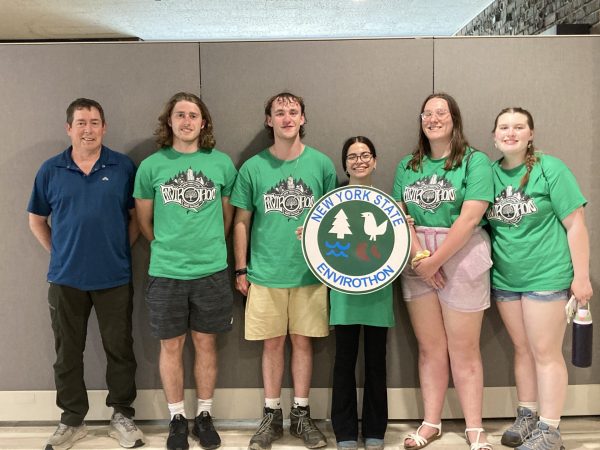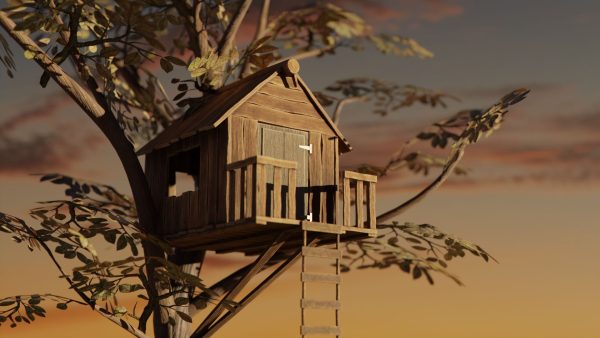Australian Fires Will Leave Lasting Impact

More than 2,000 homes destroyed; 18,000,000 acres of land scorched; 28 people dead; and anywhere from 400,000,000 to over a billion animals killed, all as repercussions of what is arguably the greatest climate disaster the world has yet faced. Bigger than the California, Brazil, and Siberia wildfires combined, the Australian bushfires continue to ravage the Australian landscape, showing no signs of stopping any time soon.
Australia having a season from December to March over which wildfires spread across the Australian bush is nothing new. What makes these catastrophic fires different is that they were preceded by a drought in areas of Australia such as Queensland, Victoria, New South Wales, and even South and Western Australia; the drought allowed for the perfect environment for a lightning strike or an arsonist to come in and set the bush alight, leading to quick-spreading disaster. The most common opinion among experts and natives is that a series of lightning strikes combined with the dryness of the land and air brought expedited spreading of fires of calamitous proportions.
Arson is a truly haunting and unfortunate factor of the wildfires that sadly cannot be taken lightly. So far, 24 arrests have been made as a result of Australian citizens who have deliberately tried to start fires, not to mention the arrest for those who refused to lawfully comply with fire bans, despite Donald Trump Jr’s false tweet, ¨Truly Disgusting that people would do this! God Bless Australia. More than 180 alleged arsonists have been arrested since the start of the bushfire season, with 29 blazes deliberately lit in the Shoalhaven region of southeast NSW in just three months.¨ This tweet has been proven false on multiple accounts. Weedsport Biology teacher Mr. Lawler comments on the matter of arson stating simply, ¨Regardless of it’s from a lighter or lightning, the vegetation is easy to ignite.¨
Arguably, the most adverse effect of the wildfires is the incredible amount of carbon emissions. Australia released approximately 540 million tons of carbon dioxide through the course of 2019. Already in January, Australia has let out an estimated 400 million tons. The natural process responsible for removing carbon dioxide is the action of trees and plankton/cyanobacteria. While the plankton and cyanobacteria are responsible for removing roughly 70% of the carbon dioxide, trees get far more attention. Mr. Lawler’s take on this surprising is, “I think it’s more than producing oxygen and absorption of carbon dioxide, it comes down to biodiversity.” What he means by this is that trees come in many diverse species and also that they are, of course, more at risk. With there being over 60,000 known species of tree on Earth and 5,000 species of phytoplankton, people are asking who cares about a little sea animal when there are grand, proud trees at risk of extinction. The carbon emissions from the bushfires are a catalyst for the repercussions of climate change and add even more to the greenhouse gas problem.
When asking local Weedsport Jr-Sr High students of all ages, teenagers almost all said that the only effect that the Australian bushfires had on them personally is that they see posts on social media, despite their inability to actively help the situation. Some students claim to feel “a true guilt” that they are too young to donate or even fly to Australia to help.
One of the biggest risks of the fires in Australia is the fear that local extinctions could occur. Local extinctions, scientifically extirpations, are defined as “the condition of a species (or other taxon) that ceases to exist in the chosen geographic area of study.” Mr. Lawler adds to the matter explaining, “Australia is very unique; it’s isolated from the rest of the world, so the species have evolved over millions of years to be drastically different than any parts of the world, so I think we would lose a genetic bank of organisms.”
At this point, we can help by giving to reputable sites such as GIVIT, Australian Red Cross, and many others. Until then, we are also able to hope that the fires will dissipate and the effects will be manageable. You can personally help by donating to the sites below.
https://www.wwf.org.au/get-involved/bushfire-emergency#gs.sddg3n
https://www.foodbank.org.au/support-us/make-a-donation/?state=nsw-act
https://donate.vinnies.org.au/appeals-nsw/vinnies-nsw-bushfire-appeal-nsw
https://www.salvationarmy.org.au/donate/make-a-donation/donate-online/?appeal=disasterappeal







